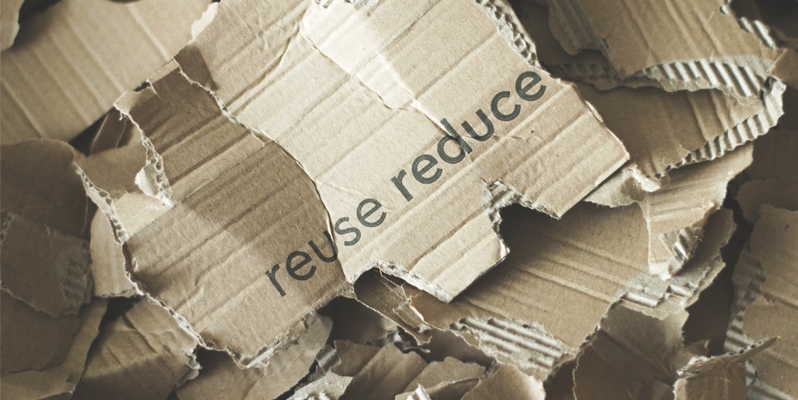
Factors Driving Global Sustainability Trends
One of the most consistently acknowledged drivers of the purchasing trend towards sustainability is consumer expectations. These expectations are shaping corporate and government policies globally and impacting local decision making.
Sustainability has become a buzzword in many areas of business and is largely a consumer-led revolution. Millennials seem to be driving this trend with research showing that they are willing to pay more for products purchased from companies whose sustainability claims are sound and verifiable.
Millennials also exhibit increased brand loyalty – recent surveys have shown that 58% of consumers are more likely to choose companies with an excellent sustainability record and will then continue to buy from them.
There is also an increase in ‘assurance appetite’ with consumers demanding that sustainability claims be assessed and verified by external auditors, including the complete supply chain and life-cycle of the product. No industry has remained immune from this accelerating trend, meaning that procurement and purchasing professionals need to adjust to these changes fast.
What is Sustainability Purchasing?
Fundamentally it is a management process that gives preference to suppliers that reflect the social and environmental values of the purchasing company, including the full life-cycle of the product.
Why Sustainability Policies can be Beneficial for Business
Initially, businesses were wary of the perceived added costs and the impact of passing those costs onto consumers. However, recent research indicates that when organisations develop quantifiable and transparent sustainability policies and market these effectively, they attract new clients with increased brand loyalty who were prepared to pay 12% or more for their product or service. There can also be gains made in increased efficiency in power and water usage, recycling and reusing, and better waste management.
Sustainable practices increase the likelihood of gaining prime government contracts. Government, both national and local, must be seen to have clear and transparent sustainability policies both for their operations and the operations of the companies that win their business.

The Scope of Sustainability in Purchasing and Procurement
Through sustainable procurement, organisations use their buying power to give a signal to the market in fa-vour of sustainability and therefore base their choice of goods and services on:
- Economic considerations – the best value for money in price, quality, availability and functionality
- Environmental considerations – the impacts on the environment that the product and service have over its whole life-cycle
- Social aspects – the effects of purchasing decisions on issues such as poverty eradication, international equity in the distribution of resources, labour conditions and human rights
Start with an Internal Commitment
Internal policies must come first. Before a company decides to implement sustainable purchasing practices, the company needs to be clear on their green policies. Corporate social responsibility, as well as a sustainable, productive environment for all employees, are fundamental requirements.
Areas to explore include:
- Power and water usage – potentially leading to solar or wind power generation and recycling wastewater on-site
- Distance – reducing the number of kilometres required to carry out specific operations can be of importance to purchasing departments, especially when considering buying overseas
- Reuse – many companies find a commitment to reusability directly affects equipment choices
- Waste management processes influence the decision to minimise packaging
External Sourcing and Supply Chain Considerations
Once your company has decided what matters most regarding their sustainability commitment, the next step is to set up core procurement/purchasing criteria for everything the company needs. First, consider all purchases from cleaning supplies and office supplies to major equipment items, then choose goods and services that comply with these criteria by seeking out suppliers that are compatible. Next, it might require current suppliers to implement green policies to maintain their commercial relationship with your company. Finally, keep thorough records and communicate your policy and criteria to stakeholders.
Implementing sustainable purchasing and procurement trends work best when policies are a direct reflection of the company’s commitment to sustainability, and where marketing claims can be backed up with sound and responsible purchasing actions at every level.